Jul 14, 2025
Author:Sam Wonder
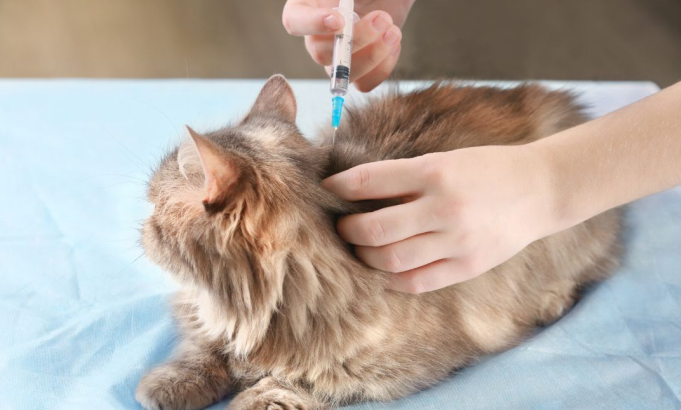
Your cat suddenly tilts their head. Their eyes dart uncontrollably. They stumble like they’ve lost all balance. It’s not clumsiness. It’s not a bad day. It could be vestibular disease—and yes, it can look terrifying.
But here’s the real question: Can vestibular disease kill a cat? The short answer? Sometimes, it depends. And if you’re seeing symptoms now, you need clear answers—not vague guesses.
This article breaks it down with zero fluff. You’ll get facts, signs to watch for, and what you should do next.
We’ll cover:
● What vestibular disease actually is
● What causes it and why it strikes suddenly
● How to spot the symptoms early
● When it’s serious—and if it can be fatal
● How treatment works and what recovery looks like
Let’s cut the guesswork.
Balance goes out the window. That’s the headline. Vestibular disease hijacks the system your cat depends on to walk straight, stay upright, and make sense of movement. It’s all buried deep in the inner ear and brainstem—quiet until it isn’t.
When that system glitches, the body loses its anchor. Cats may start tipping sideways, circling, stumbling like they’ve lost their footing entirely. One of the standout signs? Eyes flicking side to side—nystagmus. Hard to miss. Harder to watch. And usually, it hits without any heads-up.
But don’t let the name fool you. Vestibular isn’t one specific disease. It’s more like a signal flare. A set of symptoms that could mean a dozen different things. Some short-lived. Some serious.
Two core types show up:
● Peripheral vestibular disease – rooted in the inner ear
● Central vestibular disease – coming from the brain itself
Same signs, different threat levels. Peripherals are often manageable. Central? Needs a closer look. Fast. This is where catching it early changes everything.
No lead-up. No hint. Just sudden chaos. One minute, your cat’s cruising along, eating like normal, walking fine. The next? They’re tipping, spinning, and crashing into furniture like gravity quit. It’s jarring. You blink and everything’s different.
Because balance isn’t loud. The vestibular system handles the backstage stuff—tilt, motion, spatial awareness—all on autopilot. When that signal scrambles, it scrambles fast. There’s no warmup. It’s either working or it’s wrecked.
So what flips the switch?
● Inner ear infections
Not surface-level. We’re talking deep tissue inflammation—bacteria messing with signals your cat depends on to stand upright.
● Idiopathic vestibular syndrome
The wildcard. No infection. No tumor. No clear source. One day it hits. Then slowly, it fades. Still scary, still real—but usually not the worst-case.
● Head trauma
Missed the fall? Doesn't matter. A sharp bump or even a clumsy landing can short out that internal compass.
● Brain tumors, lesions, or swelling
Pressure where it shouldn’t be. These signs often return or stack—new symptoms on top of the old.
● Toxins, medications
Certain drugs hit harder than expected. Some nerves just don’t tolerate them well.
Sometimes there’s a clear trail. Other times? Nothing obvious. That’s the problem—you don’t always get clues. Which is why guessing won’t cut it. You get the vet involved. Quick. Before a bad wobble turns into something worse.
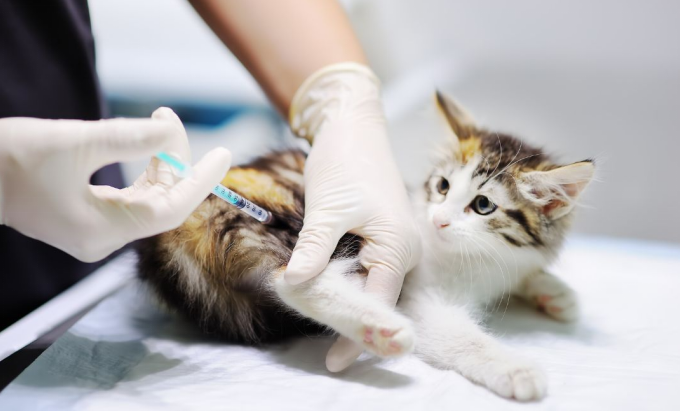
Vestibular disease doesn’t creep in. It makes an entrance. But the earlier you recognize the signs, the better the outcome tends to be, especially when it’s tied to an underlying condition that needs treatment. The symptoms are mostly physical. They’re hard to miss once you know what to look for.
● Head tilt — That unmistakable lean. The head pulls to one side and locks there, usually toward the problem ear. It’s not subtle. It sticks.
● Wobbly footing or full-body drift — Cats start tipping, falling, circling tight like they’re chasing something that isn’t there. Some can’t stand. Others prop themselves up against whatever’s close—walls, table legs, corners.
● Nystagmus — Eyes jump. Not a twitch—more like a forced flick. Side to side. Or spinning. You’ll catch it early on, usually right as things start going sideways.
● Queasiness, sometimes worse — The world’s spinning, so the stomach flips. Motion sickness shows up fast. You might see drooling, gagging, or straight-up vomiting.
● Restlessness or weird stillness — Some cats pace like they’re trying to walk it off. Others freeze up. Either way, they’re unsettled—because their senses don’t match what their body’s doing. That mismatch throws everything off.
These signs can come on within hours. Documenting them clearly helps the vet pinpoint whether it’s peripheral or central, and how urgent the next step needs to be.
It looks like an emergency. Head cocked sideways. Eyes darting. Walking like gravity’s gone sideways. For a lot of people, it reads as the worst-case scenario. But not every case is fatal. Not even close. Still—shrugging it off? That’s not smart either. What really matters? What’s causing the storm in the first place?
If it’s idiopathic, most cats start stabilizing within a couple of days. No major meds. No invasive steps. It clears as fast as it came. Scary to watch, sure—but it usually doesn’t leave a mark.
Central vestibular disease, though? Different territory. This one hits the brainstem. And the list behind it? Tumors. Trauma. Strokes. Brain infections. The stuff you can’t leave alone and hope it fixes itself. Left untreated, it turns fatal—sometimes from the disease, sometimes from the chain reaction it kicks off. Seizures. Breathing issues. Total system strain.
Now add in a cat that won’t eat. Or drink. That’s where it spins out fast—dehydration, weight loss, and immune stress are stacking up. That’s why supportive care’s not optional. It’s urgent.
Bottom line? Yes, vestibular disease can kill a cat—if you miss the root cause and wait too long to act. Getting answers early isn’t just helpful. It’s what keeps things from tipping over.
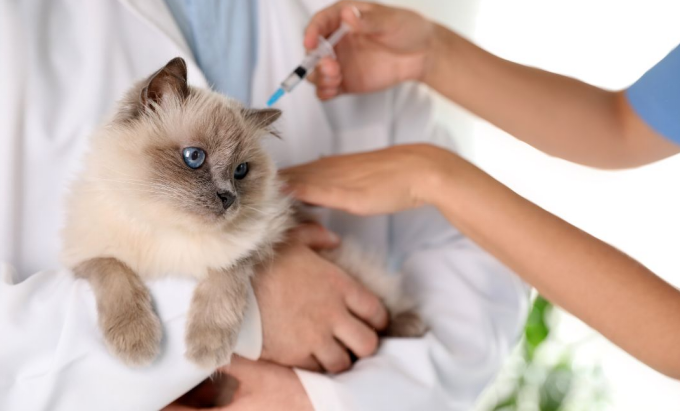
Treatment doesn't follow a script. It bends around the cause. Same symptoms, maybe—but different paths depending on where the issue starts.
Idiopathic vestibular syndrome? That one usually backs off on its own. No surgery. No extreme protocols. Just supportive care. Anti-nausea meds to keep things calm. Fluids—oral, IV, subQ—whatever gets hydration back on track if your cat’s too dizzy to eat or drink.
Infections crank up the complexity. Think bacteria inside the ear—otitis media or interna. That’s where targeted antibiotics step in. Sometimes they’ll culture the gunk. Sometimes it means sedation and flushing. Depends on the damage and how fast it spreads.
Neurological triggers—tumors, strokes, brain inflammation—shift the whole picture. Now we’re talking imaging: MRIs, CTs. Treatment might stretch into steroids, chemo, radiation, or surgery. Each one comes with its own decision tree.
No matter the cause, recovery has a checklist:
● Keep hydration steady
● Keep food accessible
● Keep the space calm
● Keep them from falling over or getting hurt
● Keep movement gentle but encouraged
Now here’s the catch—some cats can’t get to the bowl. Or they get there and don’t eat. Or they forget how. It’s not behavioral. It’s an imbalance. Fatigue. Disorientation. That’s where tech like the WOpet Heritage View Automatic Pet Feeder quietly steps in.
Set feeding times without walking into the room. Adjust portions on the fly. Watch the video feed to make sure the food’s being touched. And if it isn’t? You know—immediately. Less stress. Fewer missed meals. No disruption to recovery.
Sometimes cats bounce back fast. Others take weeks. Idiopathic cases usually leave a clean slate. But central ones? May linger. A head tilt that never leaves. A wobbly gait that stays soft in the corners. The key is consistency. Not perfection. Not pushing. Just structured, stable care that does the boring things well. That’s what builds momentum back into recovery.
Vestibular disease throws you off. One minute your cat’s fine, then boom. The head tilt. The wobble. The panic. It feels urgent. It looks bad. But not every episode spells danger. The real issue? What’s underneath it all?
Now you’ve got the signs mapped out. You know what to flag, what to bring up with your vet, and how fast you need to move when things go sideways. Treatment? Depends. Sometimes it’s wait-and-watch. Other times, it’s lab work, meds, or more.
But recovery—yeah, that’s the part you can shape. Routines matter. So does the setup. Keeping food and water in reach, cutting the chaos, watching for setbacks without hovering. This is where tech comes in. The kind that feeds on schedule, gives you eyes on the scene, and lowers the stress for both of you.
Vestibular episodes hit fast. But with WOpet in your corner, your response doesn’t have to miss a beat.
Label:
Popular Post

What to Feed a Sick Dog With No Appetite? [2025 Guide]
May 16, 2023
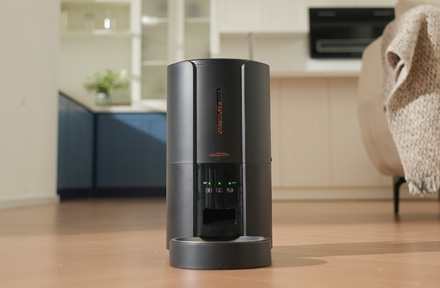
Troubleshooting Common Issues with Automatic Pet Feeders: Tips & Tricks for Pet Owners
Oct 26, 2023
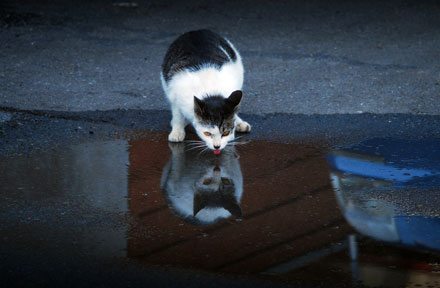
Why Does My Cat Cough After Drinking Water? 8 Potential Reasons
Mar 13, 2023
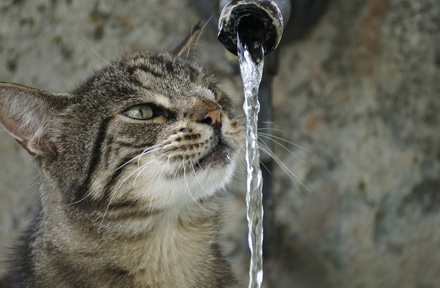
Why is My Cat Throwing up Water? Top 5 Causes Here
Feb 08, 2023
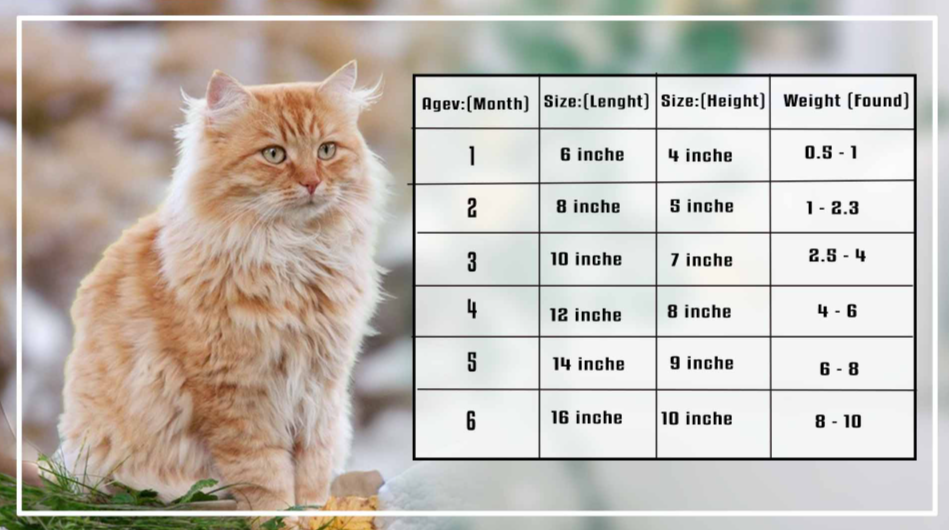
What is a standard Cat Weight chart by age Kg?
Mar 19, 2025
$99.99
$129.99
Copyright © 2025 WOPET. All Rights Reserved.